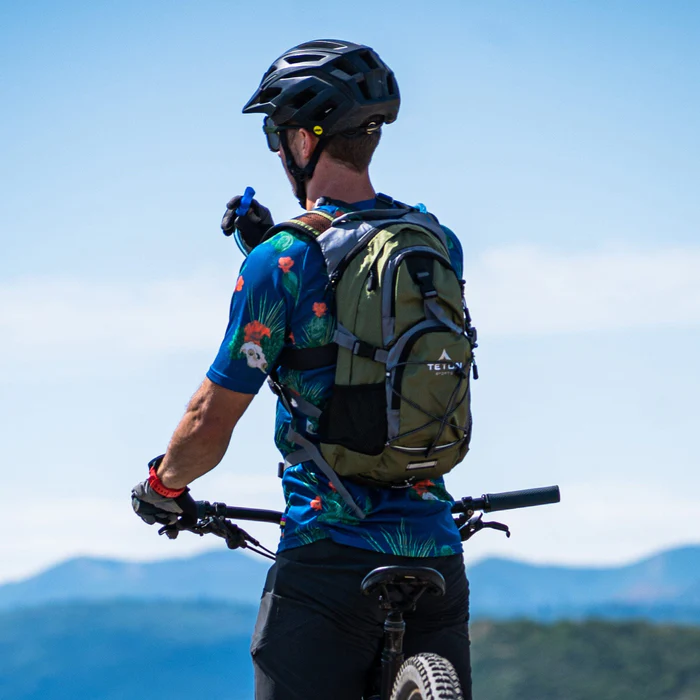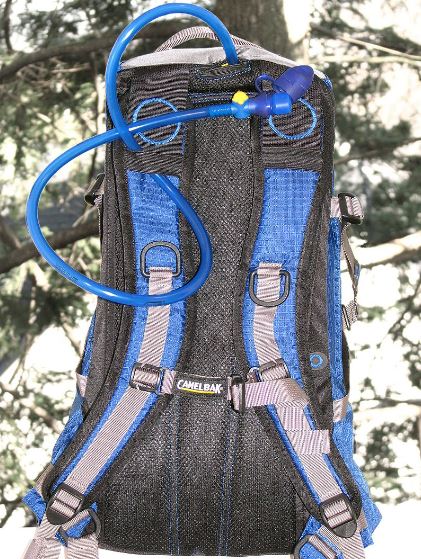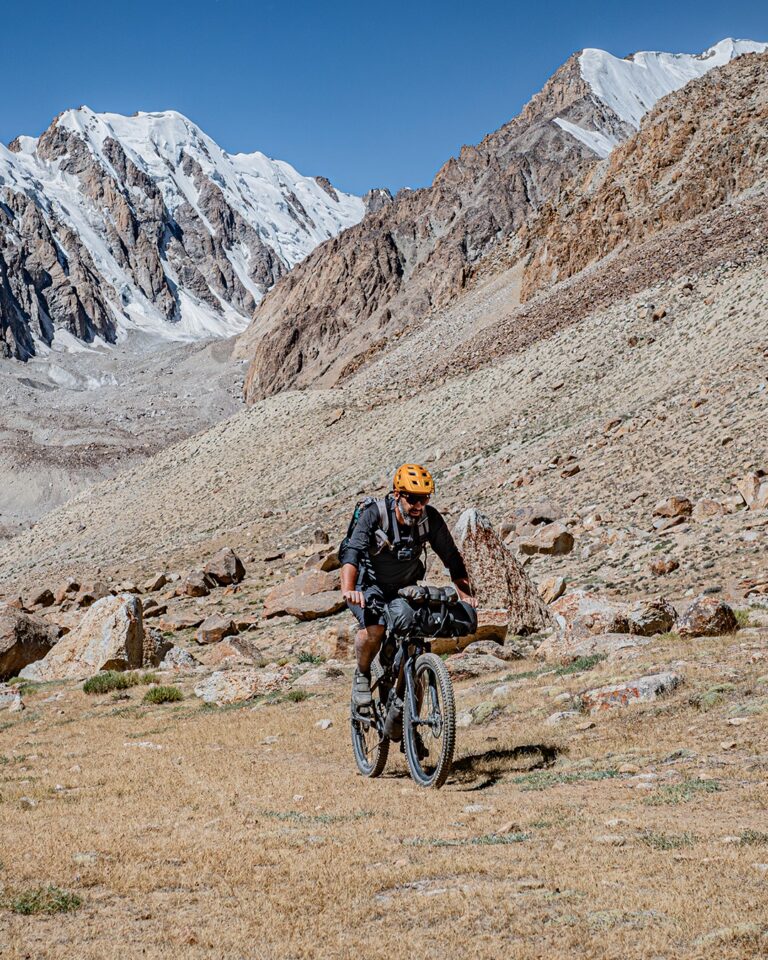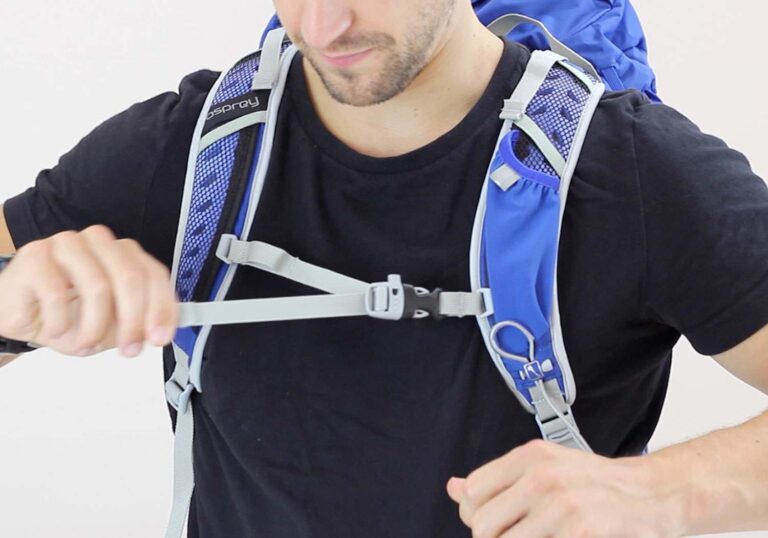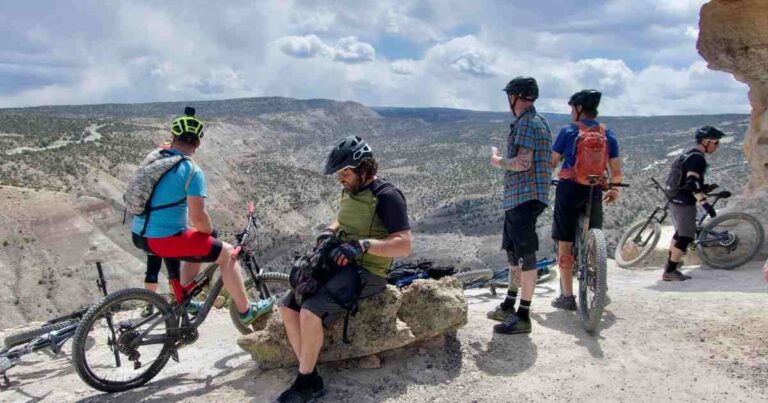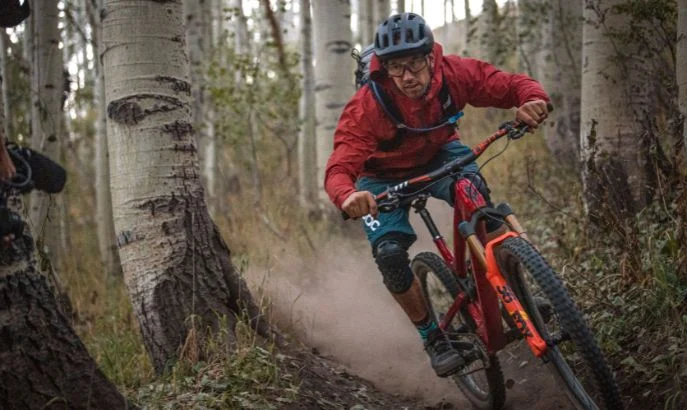Hydration Pack vs. Hydration Vest
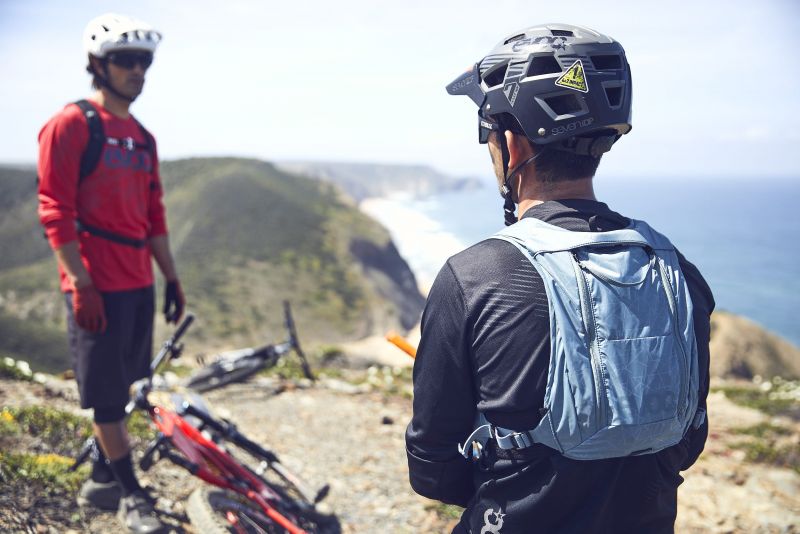
Key Point Summary of Hydration Pack vs. Hydration Vest
- Hydration Pack Advantages: Offers larger water capacity and storage for gear and essentials. Ideal for longer rides or where refueling options are limited.
- Hydration Vest Benefits: Lighter and more streamlined, providing a snug fit that reduces bounce. Perfect for high-intensity rides or when minimalism is key.
- Comfort and Fit: Packs may offer more adjustability, while vests are designed to be worn closer to the body, enhancing stability.
- Hydration Capacity: Packs typically hold more water, but vests offer sufficient hydration for shorter or cooler rides.
- Storage Options: Packs excel in storage capacity, making them suited for adventure rides, whereas vests are tailored for essentials, prioritizing speed and efficiency.
The debate between opting for a hydration pack or vest has been a recurring theme in my cycling journey. Both options serve the crucial function of keeping you hydrated but cater to different riding styles and needs. Let me delve into the nuances of each to help you make an informed decision.
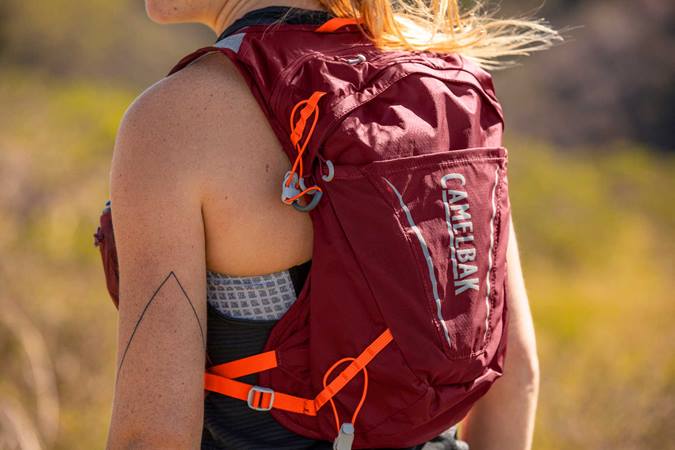
Hydration Packs: The Long-Haul Companion
Hydration packs have been my go-to for the majority of my mountain and gravel biking adventures. Their larger water capacity is a boon on long, remote rides where water sources are scarce. Additionally, the extra storage space allows for carrying repair tools, nutrition, extra clothing, and even electronic devices without feeling overly cumbersome.
The versatility of hydration packs is unmatched. They come in various sizes, from slim, low-profile designs for shorter rides to larger, expedition-ready models. However, the trade-off for this capacity and versatility is weight and bulk, which can affect maneuverability and comfort, especially on warmer days.
Hydration Vests: For the Speed Enthusiasts
When it comes to cyclocross or intense training sessions, I lean towards the hydration vest. Its appeal lies in its minimalist design that hugs the body, significantly reducing bounce and allowing for a more aerodynamic position on the bike. This snug fit is particularly advantageous during high-speed descents or when navigating technical terrain, where stability is paramount.
Hydration vests also facilitate easier access to water without disrupting your rhythm, thanks to strategically placed tubes and bite valves. Though they generally offer less water capacity compared to packs, vests are engineered for efficiency, making them ideal for rides where speed and minimalism take precedence over extended autonomy.
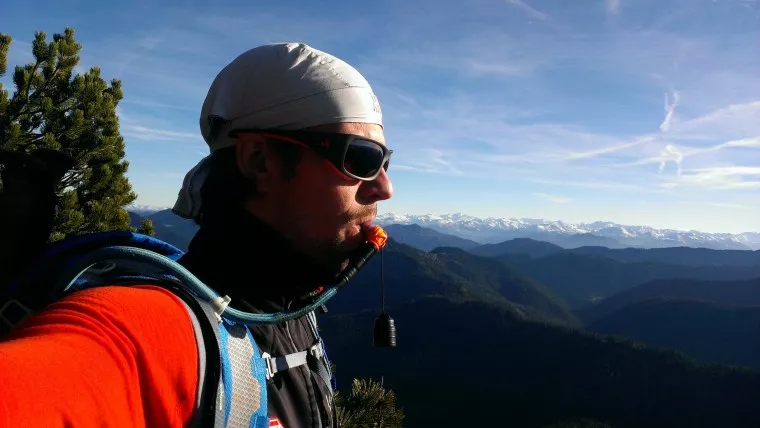
Making the Choice: Context is Key
Choosing between a hydration pack and vest often comes down to the specific context of your ride. For exploratory or all-day adventures in the backcountry, the hydration pack is your ally, providing the hydration and storage capacity necessary to be self-sufficient. On the flip side, for competitive events, training sessions, or short to mid-length rides where agility and speed are crucial, the hydration vest shines.
Comfort and Personal Preference
The decision is also deeply personal, hinging on comfort and riding style. I’ve found that during hotter months, a vest’s more breathable design offers better ventilation, preventing the dreaded sweaty-back syndrome common with larger packs. Conversely, in cooler weather or when extra layers are a necessity, the additional storage of a pack is invaluable.

Best Hydration Packs for Long Rides and Extra Gear
- CamelBak M.U.L.E.: Renowned for its ample storage and 3L water capacity, making it ideal for long mountain biking or gravel riding adventures.
- Osprey Raptor 14: Offers a great balance of storage capacity and hydration, with a 2.5L reservoir and enough pockets for tools and snacks.
- Platypus Duthie A.M. 10.0: Designed for all-day rides, it comes with a 3L reservoir and has space for extra layers and bike tools.
- Evoc FR Trail Blackline: A top choice for those prioritizing safety along with hydration, offering integrated back protection along with a 3L bladder.
- Deuter Trans Alpine 30: Perfect for adventure cycling, featuring a comfortable fit, 3L hydration system, and ample space for overnight gear.
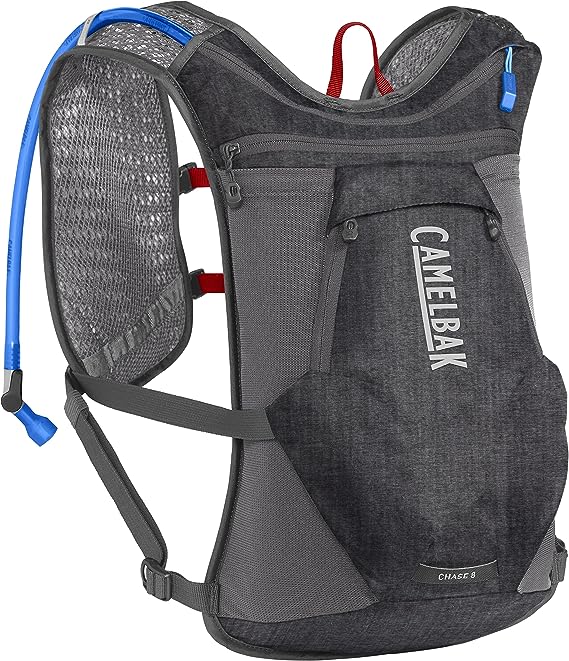
Best Hydration Vests for Speed and Comfort
- CamelBak Chase Bike Vest: Lightweight and breathable, offering 1.5L water capacity plus front pockets for easy access to nutrition and essentials.
- Osprey Dyna 1.5/Duro 1.5: Tailored for a snug fit, these vests provide stability at high speeds, with just enough room for the essentials and 1.5L of water.
- Salomon ADV Skin 5 Set: Though more known in trail running, its snug fit and 1.5L capacity make it a favorite for cross-country cyclists.
- Ultimate Direction Mountain Vest 5.0: Offers a balance of lightweight design with strategic storage options, including a 2L hydration capacity.
These packs and vests are chosen for their exemplary features in meeting the hydration needs of cyclists across various disciplines, from leisurely gravel rides to competitive cyclocross and mountain biking. Whether you need the storage and hydration capacity of a pack for long adventures or the sleek efficiency of a vest for speed and comfort, there’s an option tailored to your cycling journey.
A Final Word: Adaptability
As my cycling adventures have evolved, so has my appreciation for both hydration packs and vests. There isn’t a one-size-fits-all solution; instead, it’s about having the flexibility to choose based on the ride ahead. Whether it’s a leisurely day out on gravel paths or pushing the limits in a cyclocross race, understanding the strengths and limitations of each hydration system can enhance your cycling experience.
In conclusion, the hydration pack versus vest debate underscores the importance of matching your hydration solution to your cycling needs. By considering factors such as ride length, intensity, and personal comfort, you can select the option that not only keeps you properly hydrated but also complements your cycling adventures.
John
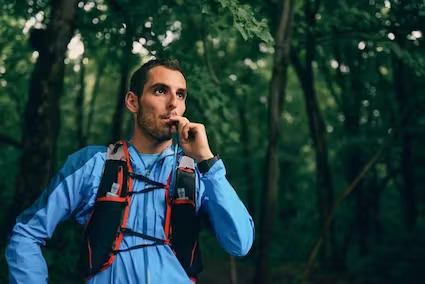
FAQ
Is a hydration pack better than a water bottle for cycling?
A hydration pack can be better than a water bottle for cycling, especially on longer rides or in situations where it’s inconvenient to reach for a bottle, as it offers hands-free hydration and larger water capacity.
What is the difference between a hydration pack and a vest?
The difference between a hydration pack and a vest is mainly in design and capacity. A hydration pack is a backpack with a water reservoir and space for gear, while a vest is more form-fitting, designed to hold a smaller reservoir and essentials, offering stability and less bulk.
Is a hydration belt or vest better?
Whether a hydration belt or vest is better depends on personal preference and the type of activity. A belt is great for carrying water and small items with minimal bulk, ideal for shorter runs or rides. A vest distributes weight more evenly across the shoulders and offers more storage, making it better for longer activities where more water and gear are needed.
